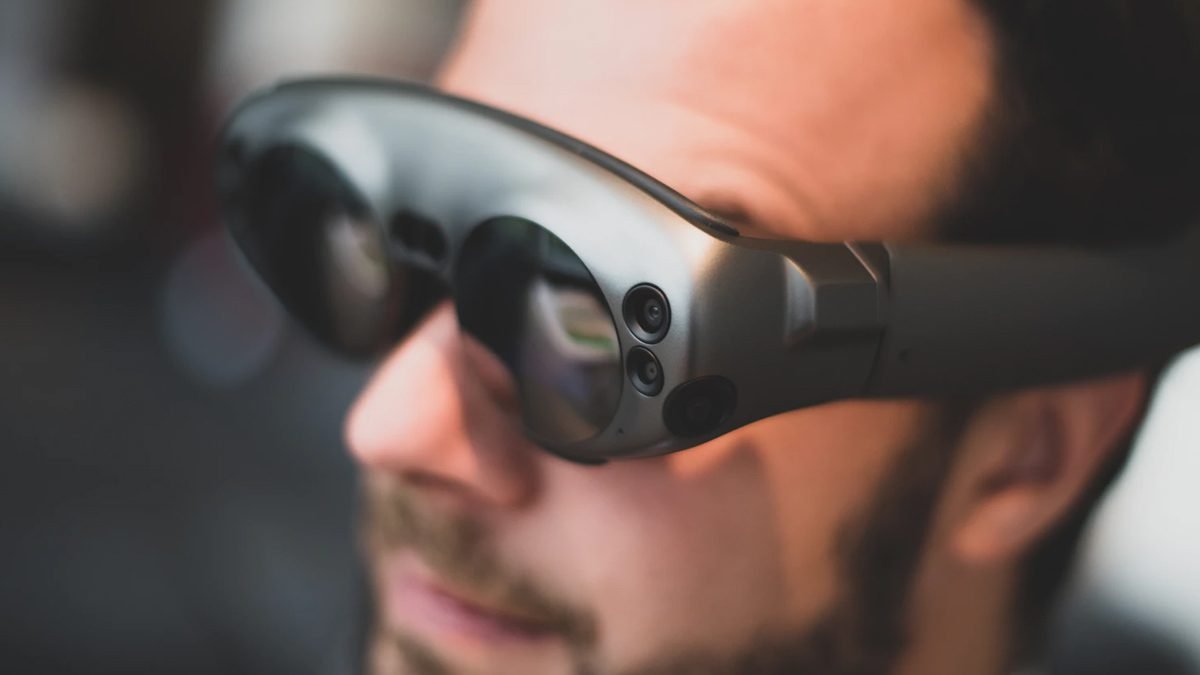Latest VR-inspired applications in the tech industry you’ll love to know

To date, virtual reality has been deployed primarily within the gaming, medical, and military industry sectors, while other industries experiment in smaller cases with the technology. That’s not to say there aren’t many industries experimenting with VR, because there are – but it has been limited to more trial-basis scenarios, as the technology has been trying to improve for more industrialized usage.
However, throughout 2020 and beyond, more industries will be embracing VR than ever before, as its various useful applications are ever-expanding. In this article, I’ll examine some of the latest applications of VR technology in various industries.
Wider adoption across numerous industries
As an example, the real estate and architecture industries have been using VR for virtual tours of homes and buildings for some time. But this always required a 3D model of the building being designed in CAD software, such as AutoCAD or SketchUp, then being rendered in a virtual reality scenario.
The architecture and real estate industries are now starting to embrace virtual reality software, like TrueScale, that allows design plans to be created entirely within the virtual reality.
Walls, windows, and furniture can all be placed with the simple gesture of a hand, which not only saves an incredible amount of time for the architects but allows them to tour their designs at the same time as creating them, rather than the multi-step process of designing in CAD software and then importing into a VR software.
Online casinos will also enhance their VR capabilities, which will feel like a boom, as online casinos have been slow to adopt VR technology. The reason for this is twofold. First, online casinos are mainly browser-based, which makes it difficult to develop intensive 3D games with realistic graphics.
Second, Google has heavy restrictions on real money casino apps that it allows to be published on Google Play. However, online casinos like Casumo India and others that offer a lot of the latest 3D slots games will increasingly develop ways to implement VR into their games.
These are a few examples of how virtual reality is being more fully embraced in an industry, rather than used for one or two specific purposes.
Another example is the online retail industry, which has been slow to adopt virtual reality, but it’s definitely happening. There are several hurdles to widespread VR adoption within online retail, the top hurdle being an investment. You need a team of software engineers, 3D modelers and other roles to build a virtual retail store, and so launching a VR retail store can cost upwards $100 thousand USD.
However, technology is advanced to reduce those costs. 3D scanning for VR will allow for much easier asset creation, and body scanning will allow customers to “try on” retail clothes before purchase.
Digital twin technology combined with VR
In the most simple terms, digital twins are the virtual replicas of real-life objects. This is a bit different than just a CAD model of a car or person, however, as ‘digital twins’ are typically fed a constant stream of data to create simulations based on that data.
Right now, digital twins are primarily used in logistics and risk management. For example, a company that operates a wind energy farm can use digital twin technology to simulate various weather conditions, to figure out the optimal positioning of wind turbines, as well as a prediction of the energy generated.
This technology is yet to be consumer-friendly, but it’s bound to happen, and when it does, it’s going to tie in with virtual reality. As a very simple example, you might wonder what your body would look like if you ate more vegetables and exercised more regularly. In a digital twin simulation, thousands of lines of algorithm code would be applied to your digital twin, to produce a realistic simulation of the physical changes to your body over time.
This has wide implications for several individual-focused industries, such as retail and healthcare. Let’s say you’re undergoing treatment at a hospital for some virus, and the doctors are deciding on the best course of treatment. With a digital twin simulation, the hospital can simulate how specific treatments will affect you on an individual, perhaps even cellular level.
On a consumer level, the concept of digital twins can and will be applied to VR, most likely beginning with fitness apps. After your body scans yourself into a VR fitness app, your digital twin will constantly fed data from things like your fitness tracker, your IoT-connected treadmill, the food you eat from your IoT fridge. This will allow VR fitness apps to much more accurately track your physical progress, as well as make recommendations on exercise routines tailor-made for you specifically.

No comments